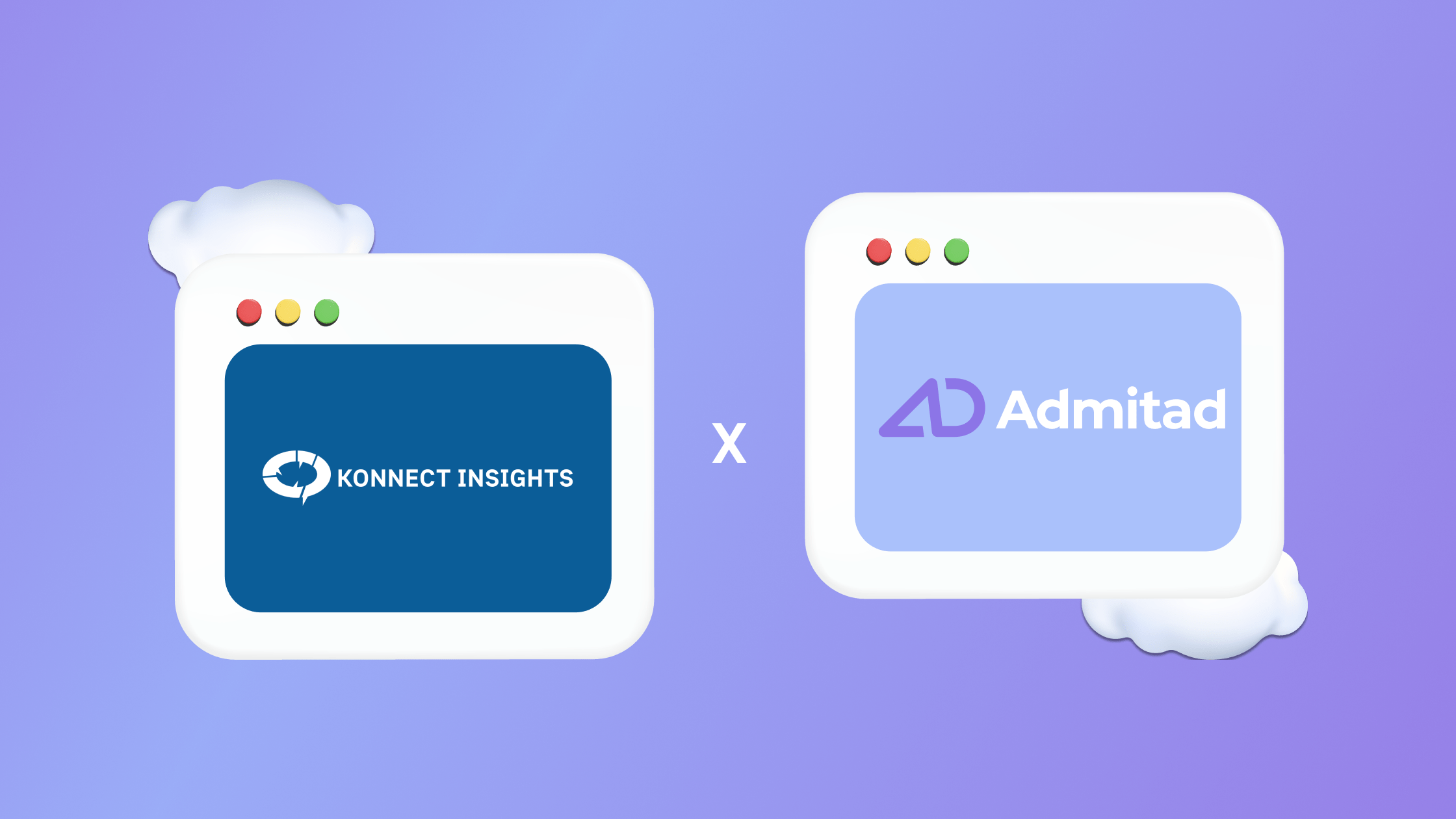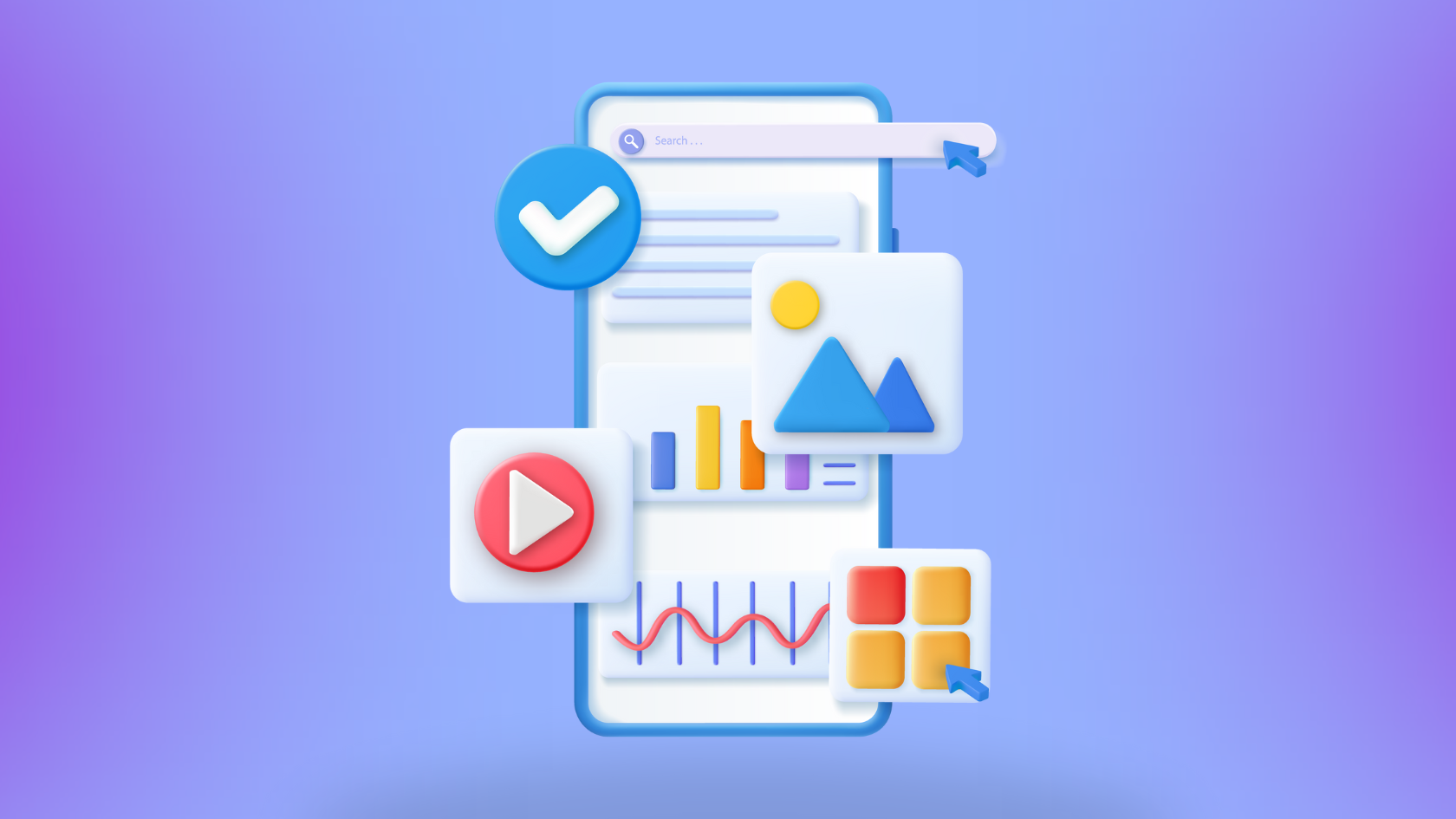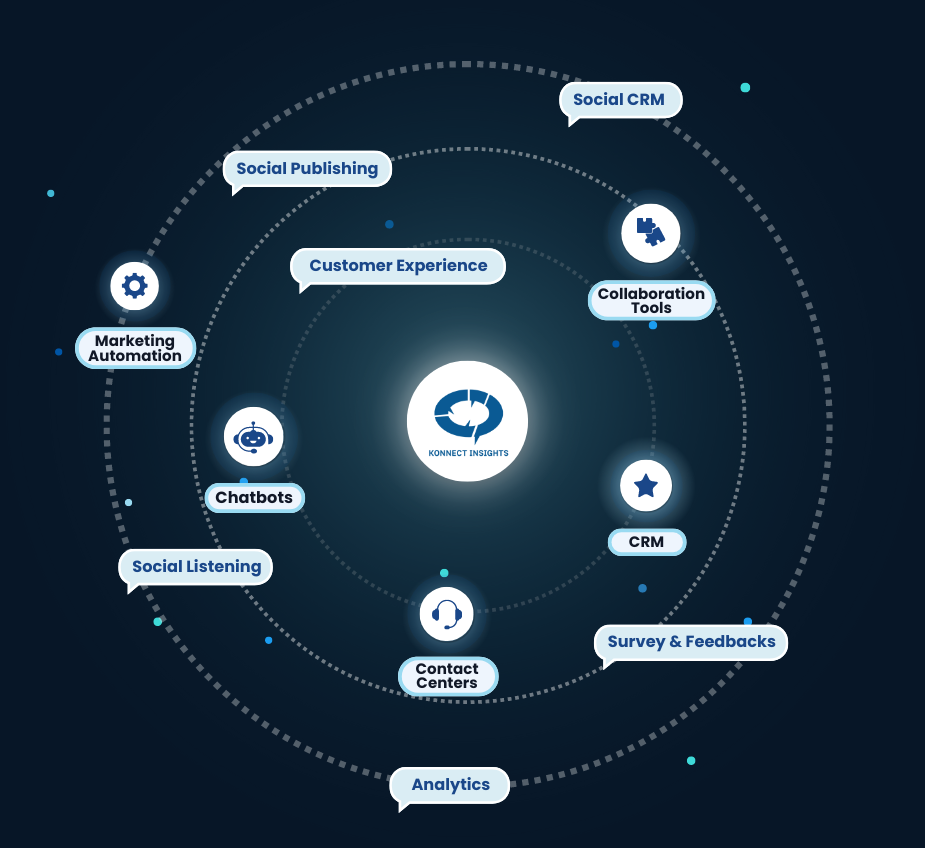Imagine this: You’re the owner of a confectionary business, scrolling through your Instagram feed, and you come across a post about a snack you’ve just launched. Out of curiosity, you decide to click on the comments section. Before you realize it, you’re sucked into a world of opinions, thoughts, and feelings about that snack.
Some people love it, some hate it, and some are just downright confused. Imagine being able to capture all of that chatter and turn it into valuable insights for your business. That’s social listening in a nutshell.
No social listening strategy is complete or successful without a comprehensive social listening report. A social media listening report is like a treasure map for companies looking to understand what people say about them online.
Simply put, it’s a way of eliminating the noise and boiling down insights about a particular topic or brand that can inform decision-making.
So, what exactly is this social media listening report that we’re raving about? Let’s find out.
What Is a Social Listening Report in Marketing?
Social listening is the process of monitoring and analyzing online conversations related to a brand, product, or industry. It involves tracking social media platforms, online forums, blogs, and other digital channels to understand what people are saying about a particular topic.
A social listening report is a document that provides a comprehensive summary of the insights and data gathered through social listening efforts. Essentially, it compiles all the information collected through the social listening process.
The social media listening reports typically include the following:
- an overview of the most important conversations and trends,
- the sentiment (positive, negative, or neutral) of those conversations, and
- a breakdown of the most active users and influencers.
Social listening reports may also include recommendations for how businesses can improve their online presence and customer engagement based on the insights gathered.
They help companies better understand their target audience, how they perceive the brand, and what topics are currently trending.
Learn about: How Can Social Listening Improve Marketing Strategies?
Additionally, these reports can provide insights into how the company can better serve its customers and improve its marketing tactics.
Social Listening Report: Some Examples
To get a better understanding of social listening reports, let’s take a look at some examples.
1. Brand Reputation Report
A brand reputation report is a social listening report focusing on a particular brand’s perceived reputation. It provides insights into how customers perceive the brand and identifies areas where it can improve.
For example, a brand reputation report might show that customers are frustrated with a particular product feature or have had a negative experience with customer service. The information might recommend specific actions the brand can take to address these issues and improve its reputation.
2. Industry Trend Report
An industry trend report is a social listening report that provides insights on emerging trends and topics within a particular industry. These reports can help businesses identify growth opportunities or adjust their current strategies to better meet customer needs.
For example, an industry trend report might show that customers are increasingly interested in eco-friendly products and that there is a growing demand for a specific type of service.
The report might recommend specific actions businesses within the industry can take to capitalize on these trends and gain a competitive advantage.
Do you know about these 6 Popular Social Listening Trends of 2023?
3. Competitive Analysis Report
Social listening can help gain competitive advantage and through a competitive analysis report, you can provide insights into how a particular brand compares to its competitors. This report can help analyze direct as well as indirect competitors.
Based on the data gathered in this report, companies can take appropriate steps to improve their standing compared to other businesses.
For example, a competitive analysis report might show that a brand is losing market share to a competitor due to the competitor’s pricing. As a result, the report might recommend specific actions the brand can take, such as reducing its product prices, to regain its competitive edge and win back customers.
What Is the Purpose of Creating a Social Listening Report?
The multi-dimensional social listening report helps organizations better understand the current state of their brand, their competitors, and the overall industry.
Here are some specific purposes for creating social listening reports:
Reputation Management
Social listening reports can be valuable for managing your brand’s online reputation. By monitoring online conversations about your brand, you can gain insights into what customers are saying and how they feel about it.
In addition, social listening reports can help you identify any negative sentiment or issues that customers are experiencing, allowing you to address those concerns and improve your brand’s reputation.
Customer Insights
Social listening reports can provide valuable insights into customers’ needs, preferences, and opinions. By analyzing online conversations about your brand or industry, you can gain insights into what customers like and dislike about your products or services.
This information can help you make data-driven decisions about product development, marketing, and customer service, ultimately improving the overall customer experience.
Competitive Intelligence
Social listening reports can also provide valuable insights into competitors’ online presence. By analyzing online conversations related to your competitors, you can gain insights into what customers like and dislike about their products or services and identify opportunities to differentiate yourself from the competition.
This information assists you in developing a more effective marketing strategy and gaining a competitive advantage.
Measuring Social Media Effectiveness
Social listening reports can be a valuable tool for measuring the effectiveness of your social media strategy. By tracking key metrics such as reach, engagement, and sentiment, you can gain insights into how your social media efforts are performing and how you can improve them.
Social listening reports can also help you track the success of specific campaigns or promotions, allowing you to make data-driven decisions about your social media strategy in the future.
Overall, social listening reports can serve a variety of purposes, from reputation management to customer insights to competitive intelligence to measuring the effectiveness of your social media strategy.
You can make data-driven decisions that drive business success by using social listening reports to gain insights into online conversations.
How to Create an Outstanding Social Media Listening Report?
While creating social media listening reports may seem daunting. However, it can provide invaluable insights for businesses if done correctly.
Here are some tips to ensure your report is as effective and actionable as possible:
Define Your Objective
The first step in creating a social media report is to define your objective.
What questions do you want to answer? What insights do you want to gain?
By having a clear purpose in mind, you can design your social listening strategy to collect data that is relevant to your goal.
To define your objective, start by identifying the business problem you want to solve or the question you want to answer.
For example, if you are a fashion brand, you may want to know what people say about your latest collection.
Or, if you are a restaurant, you may want to know what customers think about your new menu items. Once you have defined your objective, you can design your social listening strategy to collect data that is relevant to your goal.
Also Read : 8 Pain Points Social Listening Solves for Business
Choose the Right Social Listening Tools
When choosing a social listening tool, consider the features that are most important to you.
Some agencies offer more advanced analytics, while others may be more user-friendly. Look for some most important features in tools such as real-time monitoring, sentiment analysis, and the ability to monitor multiple social media channels.
For example, Konnect Insights offers a robust social listening tool that allows you to monitor social conversations, identify sentiment, and track keywords and topics related to your brand.
With Konnect Insights, you can quickly identify trends in the data and analyze how your brand is performing across different platforms.
Do you know these common difference between Free and Paid Social Listening Tools?
Collect and Analyze Data
Once you have identified your objective and chosen social listening tools, it’s time to collect and analyze the data.
First, set up your social listening tools to monitor relevant keywords, hashtags, and mentions and collect data over time. Then, use data analysis tools to analyze the data and identify trends, patterns, and insights.
For example, considering the criteria discussed above, if you are a fashion brand, you may want to monitor keywords such as “fashion,” “style,” and “trend” to see what people are saying about your brand.
Next, use social listening tools to collect data over time, then use data analysis tools to identify trends, patterns, and insights. For example, you may use sentiment analysis tools to determine whether the overall sentiment toward your brand is positive, negative, or neutral.
Read more about: The 20 Benefits of Using Social Listening Tools for Your Business
Organize Your Findings
Once you have analyzed your data, it’s time to organize your findings into a clear and concise report. Include critical metrics such as reach, engagement, sentiment, and demographics, and use charts, graphs, and other visual aids to make your report easy to understand.
For example, you may use a pie chart to show the sentiment distribution towards your brand or a line graph to show how engagement has changed over time.
No matter what type of data you must present, ensure the presentation is clear and visually appealing. The critical point here is to communicate your findings in a way anyone can understand.
Draw Insights and Conclusions
Use your findings to draw insights and conclusions about your brand’s social media presence. For example, what are your strengths and weaknesses? What opportunities and threats exist? What changes can you make to improve your social media strategy?
To draw insights and conclusions from your findings, look for patterns and trends in the data. For example, you may notice that certain types of content generate more engagement than others or that specific demographics are more likely to engage with your brand.
Once you’ve identified these patterns, think about how they can be used to enhance your social media strategy.
Create an Action Plan
Finally, create an action plan based on your insights and conclusions. Then, use your report to identify specific actions you can take to improve your social media strategy, such as refining your content strategy, increasing your engagement, or investing in paid social media advertising.
For example, you may decide to invest in paid social media advertising to increase your reach, or you may choose to create more video content to improve engagement. Be sure to set specific goals and metrics to measure the success of your action plan.
By following these steps and incorporating these examples, you can create a unique social media report that provides valuable insights and helps you achieve your business goals.
Conclusion
A social listening strategy without a social media report is like a fish without water. Reports are essential for any business that wants to measure the success of its online presence and campaigns and ensure that resources are used effectively.
A social listening report can help you track the performance of your campaigns, understand the sentiment around specific topics, identify opportunities for improvement, and develop more effective social listening strategies.
With the right approach and a few tips from this article, you can create a comprehensive report that provides valuable insight into your brand’s performance.
As you measure the success of your social media campaigns, you’ll be able to reach and engage your audience more effectively.






























